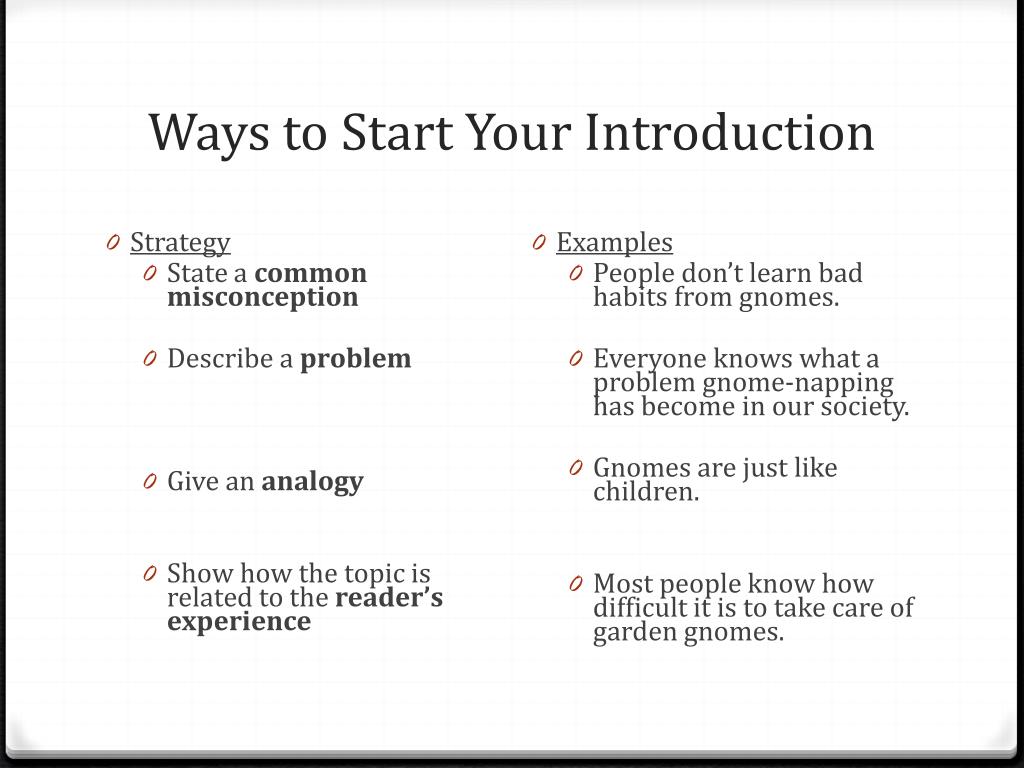
You can use the informal version with people younger than you or if you find that your conversation partner is referring to you as tu (you, informal) rather than vous(you, formal). The formal version of this question is comment vous appelez-vous ? (What is your name?) You should use the formal version with people you don’t know or people older than you. When someone wants to know your name, they’ll ask comment t’appelles-tu ? (What is your name?) This is considered informal language, and it literally translates to, “how do you call yourself?” While you may not want to further your conversations with shop owners or restaurant servers, meeting a local on the street or a fellow guest in your hotel is a great place to make a French friend. Great job! Now it’s time to take the conversation to the next level. Lastly, if you’re talking to someone on the phone, answer with â llo (hello). Salut(hello) is a great way to greet someone without being bound to the time of day. Keep in mind, however, that this can change depending on the time of the day: say bon matin(good morning) for the morning and bonsoir (good evening) for the evening. You could also say bonne nuit(good night), but that’s generally used to say goodbye when it’s late at night or when you’re heading to bed. This can be used at most times of the day, primarily the afternoon, and it’s almost as universal as the English “hello.”

Remember: a small gesture of kindness will go a long way, and perceptions of the stereotypical “French coldness” comes from an ignorance of French customs.Ī good, middle-of-the-road greeting is bonjour (good day). Additionally, when you enter a boulangerie (bakery), épicerie (grocery store) or bistro (small restaurant), it’s generally expected that you greet the employees there even if you don’t necessarily require service at that time. This is true whether you’re greeting a friend, answering the phone or meeting someone for the first time.

(Download) French Greetingsįirst things first: greetings are how almost all conversations in French will start. This blog post is available as a convenient and portable PDF that youĬlick here to get a copy.


What’s the most important first step when learning French? How to Introduce Yourself in French: Every Step from Bonjour to Au Revoir


 0 kommentar(er)
0 kommentar(er)
